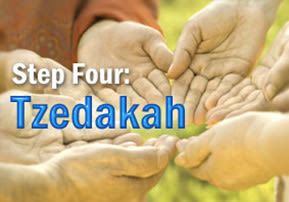
Step Four: Tzedakah
In today's generation, many times we come across the philosophy of 'me, myself, and I.' How do we combat this problem? When I was a secretary to...

MIDOT TOVOT
STEP FOUR – TZEDAKAH
Dearest Readers,
Before we begin discussing some basic mitzvot of the Torah that helps shape a person’s character, let us review a little.
We began “Growing with our Children and Family Relationships” with Hakarat Hatov. The first thing a child learns is to appreciate Who is responsible for bringing him/her into this world and who provides for all the necessities of life. The children then develop the characteristic of gratitude towards Hakadosh Baruch Hu and for their parents.
We then began our workshop with Step One-Tefillah; learning to love Hashem, and to thank Hakadosh Baruch Hu for all He has done for us, does for us, and will always do for us.
We continued on to Step Two-Appreciation for Mitzvot. Just as HaRav Yisroel Salanter, z”tzl, believed that mussar was a subject in itself, besides for learning mussar while learning Torah, I as well believe midot tovot (character traits) is a subject in and of itself. An appreciation for mitzvot naturally develops within people, and is especially important in teaching children midot tovot.
As I wrote in my book, “Precious Jewels,” (Artscroll, p. 85) – Once the children are inspired with love of Hakadosh Baruch Hu, and are eager to perform His mitzvot, they are ready to understand the concept of teshuvah. They are now receptive to learning more about this lofty concept and applying it in their daily lives.
They want to feel close to their Father in Heaven and to please Him; and by wanting to do the right thing they become naturally happy!
AND now we come to the fourth step. Why am I beginning with tzedakah, charity, as the first concrete mitzvah after teshuvah? How can one describe the joy one feels when doing the mitzvah of tzedakah?
As I again quote from “Precious Jewels,” (p.105), “Emphasizing this miztvah teaches the children to enjoy giving as well as receiving. Whether it is money, clothing, food or just uplifting someone’s spirits, ‘the heart that gives, gathers.’
“We are taught that ‘tzedakah tatzil mimavet, charity saves from death.’ When one saves another’s life or gives more quality to someone’s life through the giving of tzedakah, his own life is spared. The word ,נתן natan, to give, is spelled the same way forward and backward; if you give, Hashem will give back to you.”
In today’s generation, many times we come across the philosophy of ‘me, myself, and I.’ How do we combat this problem? When I was a secretary to Rabbi Leo Jung, of the Jewish Center in Manhattan, I often typed up the speeches he gave at Rabbinical conventions. I remember typing up one particular speech he gave at an Orthodox, Conservative, and Reform platform that he attended. The Reform Rabbi asked him how the Orthodox religion teaches teenagers to give, rather than always expecting to receive. He answered, “We teach our children to make berachot, blessings. The children then become aware of the midah, trait, of Hashem giving to us. In turn, we make berachot to thank Hashem and show appreciation, and are therefore naturally developing the nature of giving, besides receiving.”
At home, as I am sure all Jewish homes possess, we have a pushka, charity box, and regularly put money into it. At school, I collected tzedakah each day from every child. Once, a student asked me what is a bigger mitzvah? Should he bring in a nickel once a week, or a penny each day? I answered him, “Bring in a penny each day, then you receive a mitzvah each day rather than once a week.” For creative experience, every child made their own tzedakah pushka, took it home, and when it was filled brought it back to school. When our class pushka was filled, and the majority of the class brought in their pushkas, we called in the head of a charity organization, and presented the money to him. I remember how proud the children were that day! After that, the children were bringing in dollar bills! I asked one boy, “Does your mother know how much you are bringing into class?” And he answered me, “Oh yes, this is my own spending money, and my mother said I could use it for whatever I want to, and I want to give it to tzedakah!
In “Precious Jewels,” I again devoted an entire chapter of stories to tzedakah. “The Snake,” (p.106), teaches us how ‘tzedakah tatzil mimavet, charity saves us from death’.
“The Magic Coins,” (p.108), a humorous, dramatic, but sincere story brings out the difference between two brothers – a wealthy but stingy one, and a poor but generous one, and how the stingy brother learns a valuable lesson in giving!
In the story, “Brotherly Love,” (p. 112), the children learned the love of two brothers, and how Hashem, when witnessing this love, decided to build the Bait HaMikdash, the Holy Temple, on the very same spot where they demonstrated their overwhelming love for one another.
One of the most famous examples of brotherly love is found directly in the Torah, in Parshat Mikeitz, Perek 43, Passuk 30: “Then Yosef rushed out of the room, because his compassion for his brother had been stirred and he wanted to weep, so he went into the room and wept there.” Rashi Quotes the Gemorah in Sota, 36B, the dialogue between Yosef and Binyamin, and where Yosef asked him:
“Do you have a brother from your mother?”
Binyamin answered, “I do, but I don’t know where he is.”
Then Yosef asked, “Do you have sons?”
Binyamin then answered, “I have ten sons.”
Yosef then questioned him, “What are their names?”
When Binyamin recited all the ten names of his sons, Yosef asked, “What are the meanings of these names?”
Binyamin explained, “All the names allude to my dear beloved older brother, Yosef.”
Immediately upon hearing the love that Binyamin had for him, his compassion was aroused and he immediately left the room and started crying uncontrollably.
When teaching the children about empathy, actually feeling other people’s needs, I told over the story of “The Rabbi and the Miser” (p.113).
In “The Small Loaf of Bread” (p.115), the children learned about generosity, and…manners!
And last but not least, the story of “The Ari HaKadosh and the Locusts” – How the Ari HaKadosh, with his ruach hakodesh, Divine inspiration, was able to forestall a plague of locusts by giving tzedakah to a destitute family – and how miracles happen at the last moment!



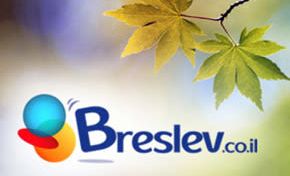
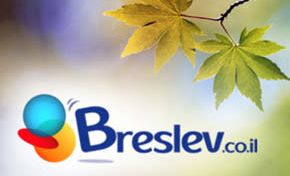
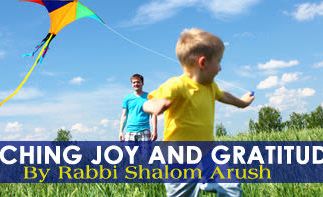
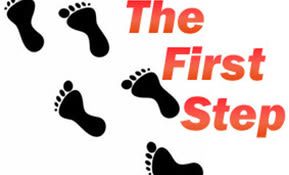
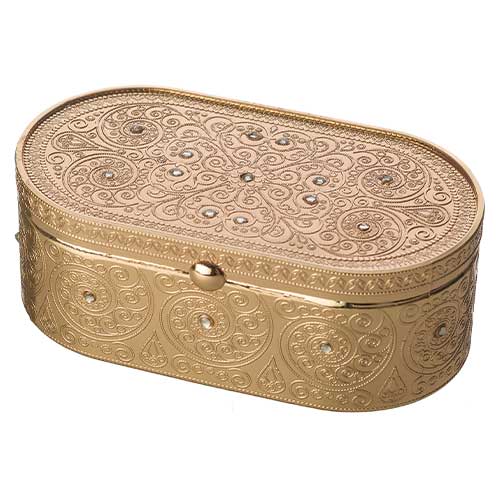
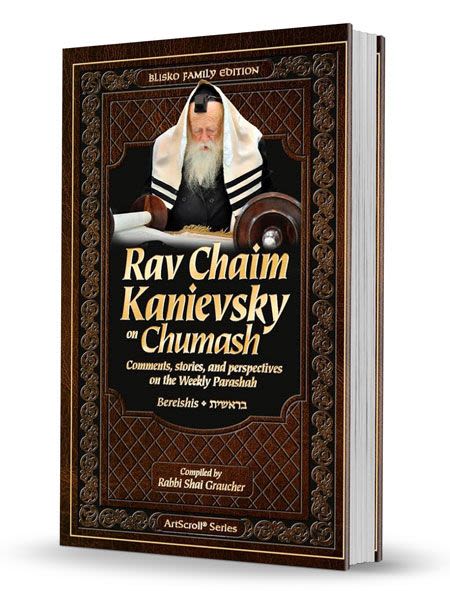

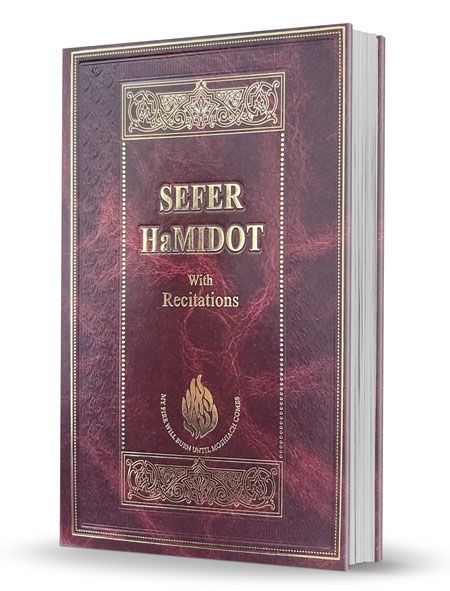
Tell us what you think!
Thank you for your comment!
It will be published after approval by the Editor.